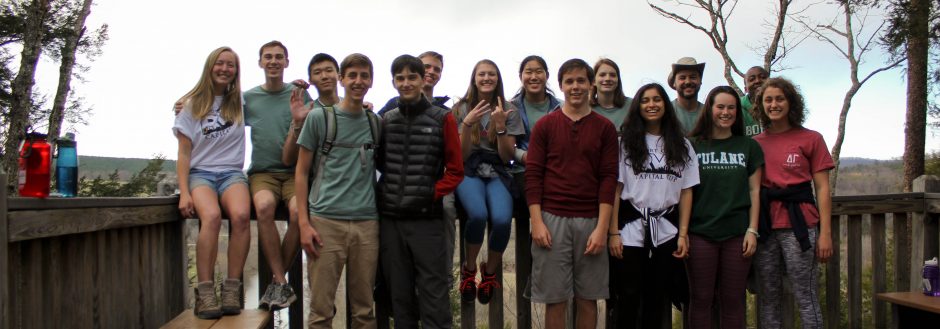Although it is only February I am ready for spring to have sprung. I was especially this past week when the weather was so ridiculously warm and sunny. I spent a few hours outside on Friday, cleaning up the outside of an old church building. Then on Saturday a few of us ventured off-campus to work on the farm with Matthew, one of the sweetest people I have ever met. Both times the weather was glorious. Both times my thoughts drifted back to my mother and how we prepare for spring in Old Greenwich, my home-town. As the seasons pass, Number 11, our old home, would require a lot of keeping up. Fall is all leaves and planting new bulbs. Winter is endless shoveling and de-icing of paths. But spring gets particularly crazy with planting, raking, brushing, and generally preparing for new life. My mother, who has remarkably green fingers, always appreciated assistance. As the earth warmed to the idea of spring, there was a general warmness and peace of toiling next to someone I loved. We didn’t speak, we often sang, but life was full and we were filled together. Working alongside Erin, Phoebe, Kelly, and Matthew was like working
with my mother at Number 11 again. I could feel the earth preparing for spring. I could feel that warmness between us all as we tore things up from the ground, making way for new ideas. We spent all morning there, but really the most memorable part of the time we worked at the farm was the feeling of freedom it evoked. I can’t think of anything more enjoyable than spending ones day in the garden. That might sound rather silly, but it’s true.
**We saw two Black Widow Spiders . They were really cool.
We also saw a Wolf Spider. He was not as cool. He was just big, hairy, and frightening.**
*We also played with worms.*


